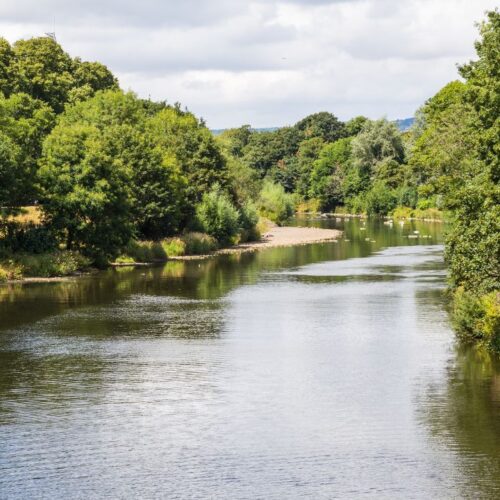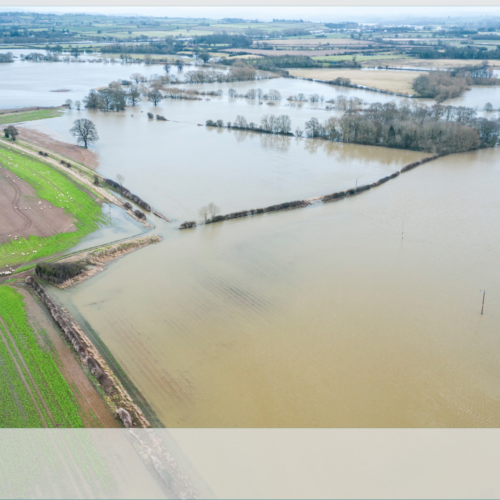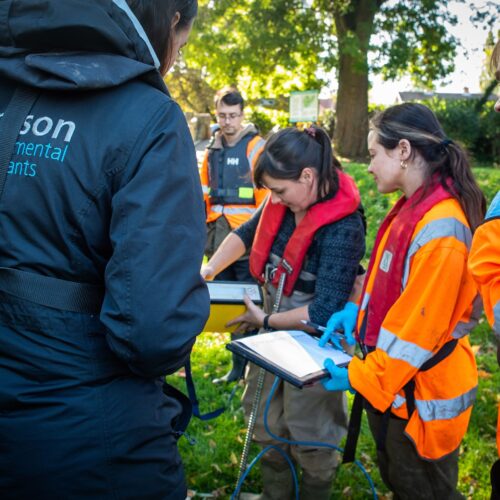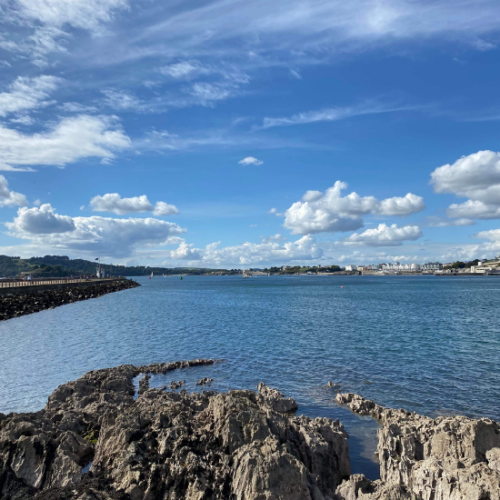The first in a monthly series of water articles by Dr Phil Aldous, Director of Water at Thomson Ecology, looks at the challenges facing water companies in meeting future water demands as they prepare water resource management plans.
Whilst the country and government struggle with the complexities of the Brexit challenge, water companies are embarking on preparing water resource management plans for the next 25 years.
Their task is no easier. The UK population is projected to increase by 9.7 million over the next 25 years from an estimated 64.6 million in mid-2014 to 70 million by mid-2027 and 74.3 million in mid-2039. Climate change projections show the UK will have warmer summers, particularly in southern England, and winter precipitation will increase in western regions while summer precipitation will decrease in many, but not all, parts of the UK.
The outcome of these pressures, whilst real, is not accurately predictable and has wide boundaries of uncertainty. Undoubtedly, pressure will be put on the water supply and demand balance. As water abstraction increases, lower groundwater levels and river flows will occur. As a result more stakeholders become involved as the balancing and often conflicting requirements of the environment, public health and leisure, need to be addressed.
Have we faced similar challenges before? Yes. In 1866 . London’s population was 6m. A Royal Commission was established to consider new sources of water for the city. Suggestions included bulk supply transfers from Wales, the Lake District and Derbyshire, as well as impounding reservoirs, aqueducts, and canal transfers. In the mid 1800s there were not the same legislative and impact constraints on developments as there are now. These historical options all align with mass water transfers that have been part of the water resources debate over the last 10 years.
Also, in 1866, London didn’t face a daily influx of commuters requiring potable water and sanitation services. This extra dynamic is astounding because, according to data from the 2011 Census released by the Office for National Statistics (ONS), the population of the City of London increases by over 56 times during a typical work day.
With additional constraints on inter-basin water transfers being developed by the Environment Agency, for instance for the control of non-native invasive species, these inter UK water transfer options still have barriers to overcome before they can become long-term solutions. To meet increasing demand for new water sources, other options are being considered, such as aquifer recovery and storage, which has growing popularity, and increased reservoir storage at new and existing sites, together with desalination and wastewater reuse (despite their energy intensive nature and waste disposal problems). On balance, there will undoubtedly be even more pressure to reduce demand, and to make existing resource ‘go further’. Increased leakage control, wider water meter penetration, and water efficient devices, will aim to help achieve the Environment Agency’s consumption target of 130 litres per property per day.
There are no easy answers to meet the supply demand balance in the next round of water resource management plans, but solutions are required before we reach and exceed the ‘environmental carrying’ capacity of our river basins, without adding to the existing traditional water sources.
1 The Metropolitan Water Supply by Richards and Payne 1891. (1st Edition).
Image, right: Nilfanion











